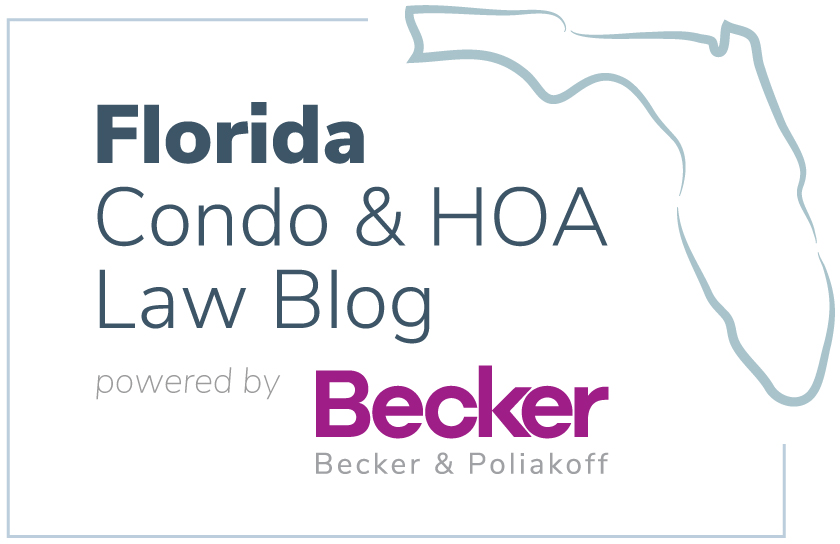
Between kids at play, exterior maintenance projects, pedestrians, and cyclists, your association could be seriously impacted by speeders. As a follow up to Jennifer Horan, Esquire’s article “Slow Your Roll: How to Address Speeding Issues in your Association,” published on October 28, 2019, can or should your association install traffic calming devices, like speed bumps or humps, on portions of the common area roads which it operates to deter speeders?
Where a third-party has easement rights in the common area roadways, not only the association’s members, there are a couple of case decisions out of the Florida appeals courts which have held that the installation of traffic calming devices on such roadways is a per se (or automatic) impairment of that easement. By comparison, the general right to install speed bumps or humps when only the rights of ingress and egress of the association’s members is an unsettled area of law. However, recognizing that there are no guarantees as to how a court would ultimately decide this issue and given the rationale provided in the pertinent case law, in our view, the installation of speed bumps or humps is likely permissible, subject to the terms of the association’s Governing Documents and a requirement of reasonableness. It would benefit the association to have a record of what kind of situations justify the need to install the traffic calming devices and for the installation to be as minimally intrusive (as to number, spacing, and height of traffic calming devices) to still accomplish the association’s safety objectives to support a finding of reasonableness if the installation is challenged.
It is important to also be aware that pertinent case law does not provide specific details regarding how many speed bumps or humps are acceptable, how high they can be, or how close they may be to one another in order to not impair easement rights. However, there is a direct relationship between the inconvenience and damage caused by traffic calming devices and the likelihood that a court will find they are an impermissible impairment of easement rights. Accordingly, an association should consider the traffic calming device’s height and frequency to be effective in deterring speeders, while minimizing the potential damage to vehicles and drivers to reduce the association’s liability exposure. Associations should also verify with their insurance agents that any claim for damage to a vehicle resulting from the installation of these items would be covered by the association’s applicable insurance policy.
The installation of traffic calming devices likely also constitutes a material alteration or substantial addition to common area roadways and, depending on the terms of the association’s Governing Documents and applicable Florida law, may require a vote of the association’s members. It is recommended that associations consult with knowledgeable legal counsel before undertaking such a project to confirm the existence of easement rights that may be impacted, advise on the association’s potential exposure to liability, and consider whether a vote of the association’s members would be required to proceed.






Recent Comments